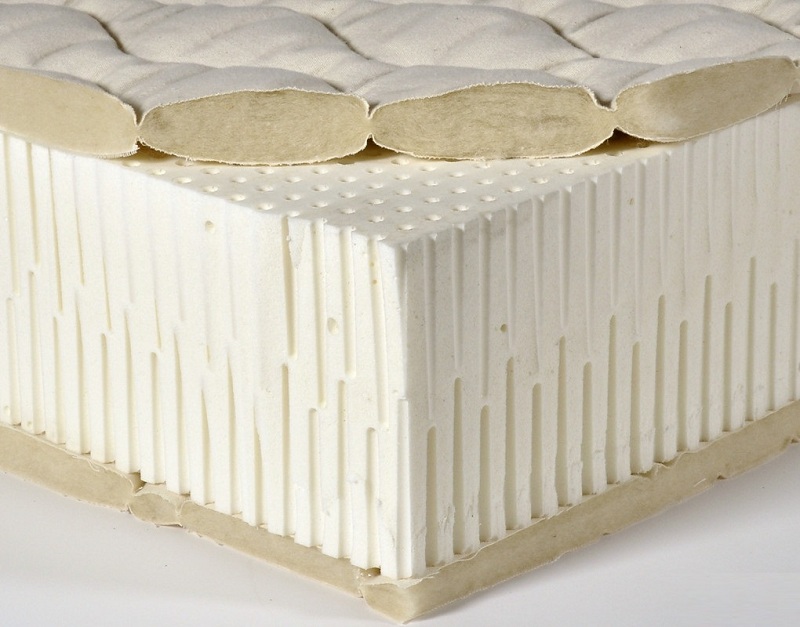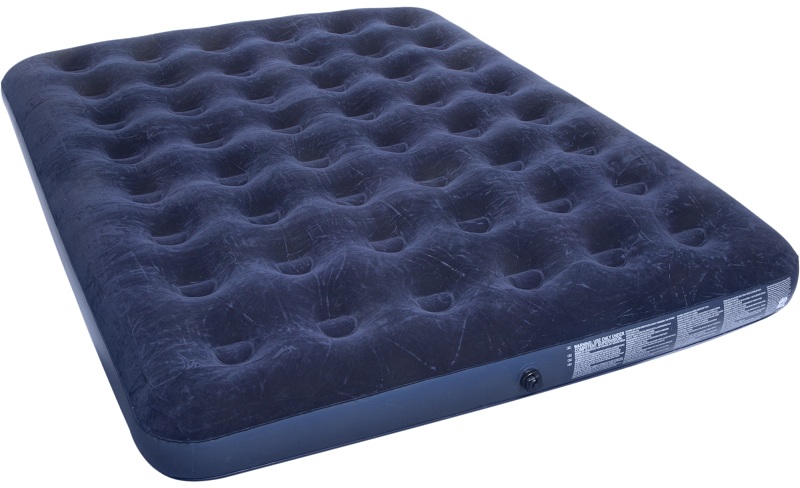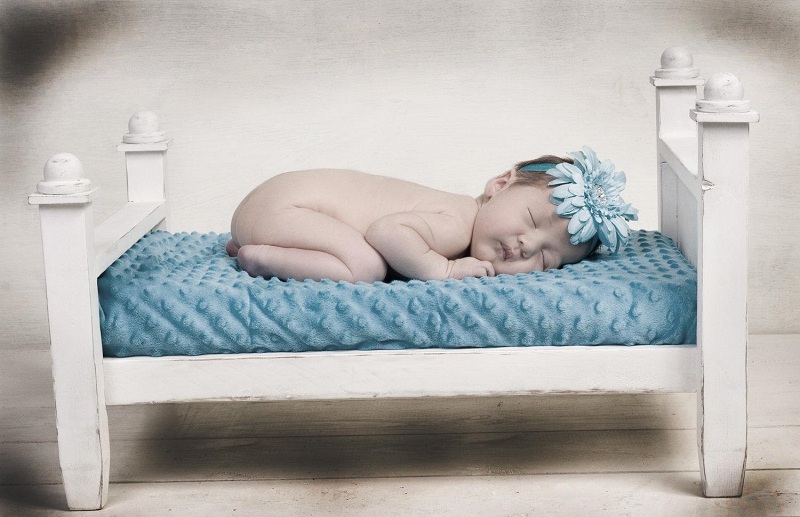According to statistics, about a third of his life a person spends in the realm of Morpheus, that is, asleep. In numbers, this statistic looks like this: 25-30 years (envy of life expectancy). Therefore, it is so important to properly arrange a place to comfortable sleep. A few helpful tips and recommendations will help answer the question: “How to choose a mattress correctly?” Having adopted this useful information, you can competently prepare a bed for a night’s rest and ensure yourself a comfortable sleep.

Why is the choice of a mattress – a responsible matter?
About 90% of people on the planet periodically feel pain in the back. Not all, of course, pain is chronic, but if you do not respond adequately to the episodic signals of the body adequately, you can get a whole bunch of diseases. The state of the whole organism depends on the health of the spine. Numbness of the limbs, pain in the joints, back, and neck are only the most pronounced effects of improper sleep and problems with the spine. Too little elastic or too hard bed very often becomes the cause of such consequences.
Classification of mattresses by type
- Spring products with springs of dependent or independent type. Dependent springs are connected to each other, while independent springs are autonomously located in a special “glass” made of cloth. It is believed that the latter option more optimally supports body shape. Usually, there are more than two hundred independent springs for one square meter, due to which such a mattress is very convenient to use.
- Springless models suggest the presence inside of any filler: coconut fiber, silicone, latex, synthetic winter riser, cotton wool, etc.

Coconut models
Coconut fiber is used as filler in such sleeping constructions. This is an exceptionally natural material, which is shown even for allergies. The coconut mattress will form the correct posture, provide the body with relaxation and support. Coconut filler is sometimes combined with latex to increase the strength of the product. Double-sided coconut structures are usually made – one side is slightly stiffer than the other.
Latex filler
Natural latex is made from natural material (sap of a rubber tree) and is an environmentally friendly product. Latex mattresses are recommended for people with spinal problems and as preventive measures against osteochondrosis. The product has high strength, antibacterial and hygienic properties. They can be used for cots and beds for teens, thanks to a good level of hardness.

Artificial options
This category includes foam rubber, bilaxilast, water latex, polyurethane foam. Mattresses of these materials have good supporting properties, but over time, for example, foam rubber, it sags and forms dents, which negatively affects the spinal column. These types of products can be recommended as a temporary option to equip the bed. It is worth noting that the cost of such mattresses is less than that of products with natural fillers, which is their undoubted advantage.
Water births
Products filled with water have a clear weight limit. People weighing 95 kg and above should not even think about such a mattress if they do not want to somehow wake up in a puddle. In addition, if your body has irregular proportions (for example, the hips are more massive than the shoulders), then the water will move from under the heavier area to the lighter area, thus disturbing the balance. To speak about the benefits of this design, in this case, is not necessary. Pets can damage the product with their claws or teeth, and water mattresses cannot be restored.

Cotton filler
Cotton wool is ordinary cotton that was stuffed with mattresses in Soviet times. However, at that time they did not use any special filling technologies, which led to the periodic “creeping out” of cotton from the shell of the bed cover. Today, thin layers of cotton wool are laid on one another and quilted. However, all the same, a wadded mattress over time gets off in some places, forming unsightly and “lumps” dangerous for the body. Therefore, this product option is not considered particularly successful.
Inflatable models
Air mattresses are more useful than water mattresses, but also have a number of drawbacks: they easily fall into disuse from interactions with sharp objects, they need to be constantly pumped up, and the level of hardness adjusted. However, air molecules distribute human weight over the surface of the product as evenly as possible, which ensures a comfortable sleep. Yes, and such models are inexpensive.

Viscoelastic filler
This material is a development of NASA, designed to relieve the load on the pilot’s body at the start of the spacecraft. The polymer in this category takes the exact shape of a person, which provides the necessary support. Viscoelastic material reduces pressure on the human body, effectively supports the musculoskeletal system during rest. Every time the sleeper changes the position, the mattress takes the form of the body. Such a product is recommended for anyone who has a spinal problem or insomnia.
The main criteria when choosing a mattress
- The quality of body support during Sleep.
- Size – bed size is taken into account.
- The degree of rigidity – this criterion is selected depending on the age, weight, characteristics of the organism.
- Filler – if you are allergic to down and feather, then you should not risk it by purchasing mattresses with such fillers.
Human age
Thinking how to choose the right mattress, it is worth considering the age of the person who will sleep on it.
- Children aged 0 to 16 are advised to purchase a model with orthopedic properties. Very young children up to 5 years old can buy a coconut mattress with increased rigidity. The anatomical correct position of the back to protect the not yet formed bone tissue from curvature.

- At the age of 16-25 years, the body is still growing, so it is advisable to fix the spine. You can purchase a mattress with an average degree of rigidity. Too soft products have little support for the spine, which can lead to chronic pain in the back.
- Lovers of comfort in age from 25 to 48 years when choosing the optimal mattress should take into account the state of their health and personal preferences. If there are no permanent diseases of the spine or musculoskeletal system, then you can choose a model of any rigidity, focusing on personal feelings. But it is still better to choose a middle ground – a mattress of medium hardness.
- Mature people aged 48 to 55 and older prefer comfort only, losing the usefulness of the product. Therefore, it is better to choose mattresses with high anatomical properties. Such products will help to establish blood circulation during comfortable sleep. It should also take into account the advice of the orthopedic surgeon in each case.

Human weight
- 33-65 kg – with such weight data you can choose hard or medium mattresses if there are no contraindications.
- 65-95 – options with a low level of rigidity will be optimal.
- 95 or more – it is better to give preference to spring blocks or viscoelastic products.
When choosing the optimal variant of the mattress should pay attention to the label, which should be indicated weight limit.
Level of physical activity
This criterion determines the level of the anatomical properties of the mattress. The higher the physical activity of a person, the anatomical properties of the product should be higher. If a person moves a little during the day, then you can buy a model with a low anatomical index.

Having problems with the spine or neck
If the applicant of a comfortable mattress often feels pain in the back or in the neck, then he needs to buy a tough product that fits by weight and age. A compromise option is considered to be combined models, which have different rigidity on one side or the other. For people who have undergone surgery, who have chronic diseases of the back, neck, it is worth choosing a model only on the recommendation of the attending physician.
Signs of the wrong mattress
If in the morning a person feels “like beaten,” in the morning, his whole body aches, his neck or other parts of his body become numb, then it is quite likely that he made the wrong choice of mattress. Sometimes these symptoms occur during the transition period if you move from a conventional model to an orthopedic one. This is called the addictive effect. The previously curved spine falls on the orthopedic surface and straightens. Hence the discomfort. But if such symptoms continue for more than two weeks, then the matter is in the mattress itself.

What should be the perfect mattress for comfortable sleep?
- Optimum moisture and air exchange. During comfortable sleep, a person emits fumes that should not bring him discomfort, accumulating on the surface of the product. An ideal mattress should provide conditions for the removal of excessive moisture. The filler and the shell of the product are responsible for these properties.
- Clean and environmentally friendly. The mattress should not contain toxic substances.
- Uniform distribution of the body over the entire surface of the bed will allow the muscles to relax. The point elasticity provided by orthopedic models allows the body to gain support and preserve the natural position of the spine.
- Correct spine support. A strongly hard or very soft mattress can cause spinal curvature. On an excessively rigid surface, the back will be strained constantly, and too “airy” sleeping place will lead to the arching of the spinal column in any position.

It is recommended to check the mattress for compliance with your preferences right in the store. And do not be shy, because you choose your assistant and must be confident in its effectiveness and comfort. You can read reviews on specialized forums about these or other types of mattresses and on the basis of this make your choice. If you are lying on the bed face up and you can hold a palm between it and the back, this means that the mattress is too hard. If you need to make a big effort when turning on its side, the product is too soft. In any case, it is necessary to maintain balance and find the optimal product that will provide you with a high-quality and full comfortable sleep.




